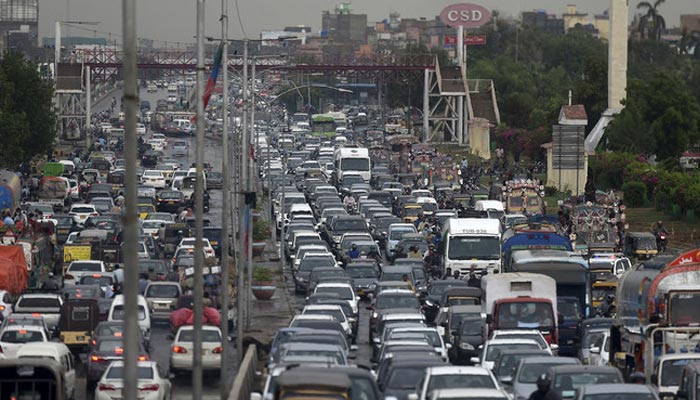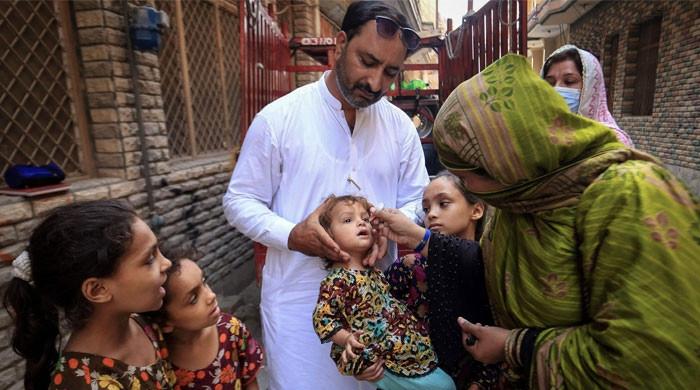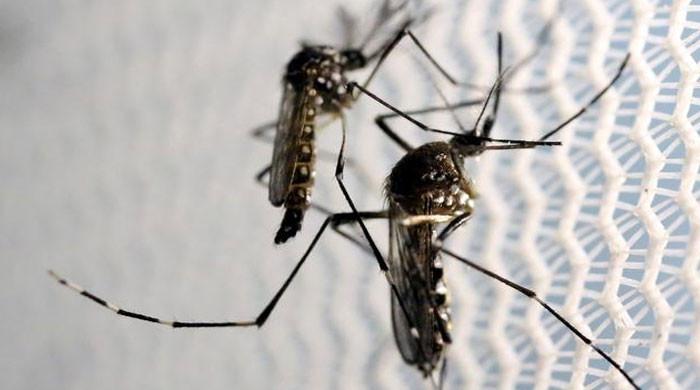Living near busy roads increases risk of death
Fifty per cent of the world’s current population lives in urban areas, per World Bank
July 05, 2022

- People exposed to above-average levels of air pollution were 20% more likely to die over next 14 years.
- Scientists found that there is an increased risk of heart attacks and strokes by 17%.
- Fifty percent of the world’s current population lives in urban areas, per World Bank.
Researchers from New York University revealed in a study that people exposed to above-average levels of air pollution were 20% more likely to die over the next 14 years, predominantly from cardiovascular disease.
Scientists also found that there is an increased risk of heart attacks and strokes by 17%.
“Our study highlights the role key environmental factors of indoor/outdoor air pollution, access to modern health services, and proximity to noisy, polluted roadways play in all causes of death and deaths from cardiovascular disease in particular,” said senior author Dr Rajesh Vedanthan, a cardiologist at NYU Langone Health, in a statement.
“Our findings help broaden the disease-risk profile beyond age and traditional personal risk factors.”
The study was based on 50,000 people over the age of 40 in the Golestan region of Iran. The majority of participants had a low-income background and had their health monitored since 2004.
By the end of the study, researchers had found that one in three participants who lived within 500 metres of a major roadway had a 13% increase in facing death.
Further, habitants of Golestan cooked in enclosed spaces that were not properly ventilated through a chimney, which increased the risk of cardiovascular disease. Not to mention that those same habitants lived mostly 50 miles away from modern facilities like medical clinics that could help unclog arteries.
“These results illustrate a new opportunity for health policymakers to reduce the burden of disease in their communities by mitigating the impact of environmental risk factors like air pollution on cardiovascular health,” said lead author Michael Hadley, a fellow in cardiology and incoming assistant professor of medicine at Mount Sinai, in a statement.
According to the World Bank, 50% of the world’s current population lives in urban areas. By 2045, six billion people are expected to live in cities.









